Ever wake up tired? Sleep is one of the most important functions in life. Surprisingly, we spend about 26 years of our lives sleeping. Because of this, sleep affects nearly every tissue in our bodies. Consider this as well, without enough sleep, the risk of heart issues, immune deficiencies, and obesity rise significantly. Google “sleep” and there is no lack of advice on how to get to sleep, stay asleep, and wake up refreshed. Yet, restful sleep remains elusive for many. Mindful sleep is possible! Ironically, when we don’t get enough sleep one night, we try to catch-up on it the next night. “Why did the man run around his bed? He wanted to catch up on his sleep!” Here’s a great article explaining why that won’t necessarily work.

Why mindful sleep?
Clearly, we all need sleep. Mindfulness, when applied to sleep, can be uniquely helpful in catching some Z’s. How do we apply mindfulness to sleep? Let’s consider the nature of the practice of mindfulness. Mindfulness, at its core, is about quieting the mind and body. And if you’re like the typical end-of-the-day human, night is when the brain likes to mull over every, single, little thing from the day. It will even reach into expectations for the next day to fret some more. Beginning a nighttime mindfulness practice is simple enough and reaps many rewards such as mental alertness, immune support, and emotional stability, just to name a few.
A Simple Sleep Mindfulness Practice
First, set yourself up for success by creating a dark, quiet environment. Often, mindfulness practices encourage us to be aware of our surroundings. Usually, we can control the amount of light in our sleep and sound in our space to one degree or another. Also, get rid of the electronic devices and TVs.
Second, keep a schedule that varies no more than an hour from night to night. Mindfulness practices work best when applied repeatedly. Set an intention to go to sleep at a time that allows for 7-9 hours of sleep per night.
Third, focus on your breath mindfully. In yoga this is called pranayama. For this, we want to be sure we don’t confuse meditation breathwork with breath to ease into sleep. (We do not want to fall asleep when we meditate.) So, when we breathe to settle in for sleep, try the 4-7-8 Technique developed by Andrew Weil, MD.

Please share below any insights, discoveries, or comments on ways you practice Mindful Sleep and how these tips worked for you.
Return to Center with mindfulness each week with me, sign up for more tips on Mindfulness, Yoga, and Meditation, or register for a session here.
Love, Light, Prayers, and Peace! Alyson Phelan, Certified Mindfulness, Yoga, and Meditation Teacher




